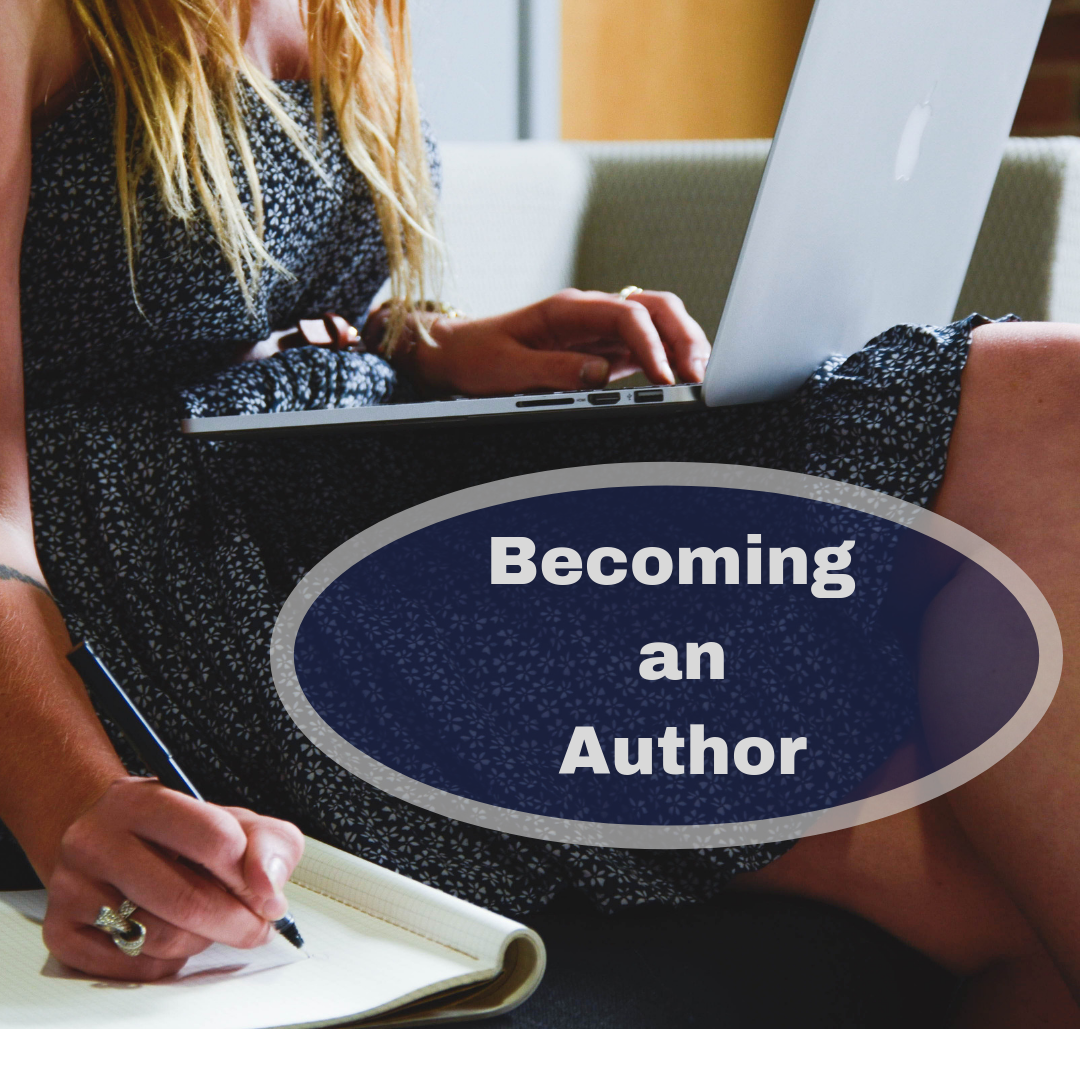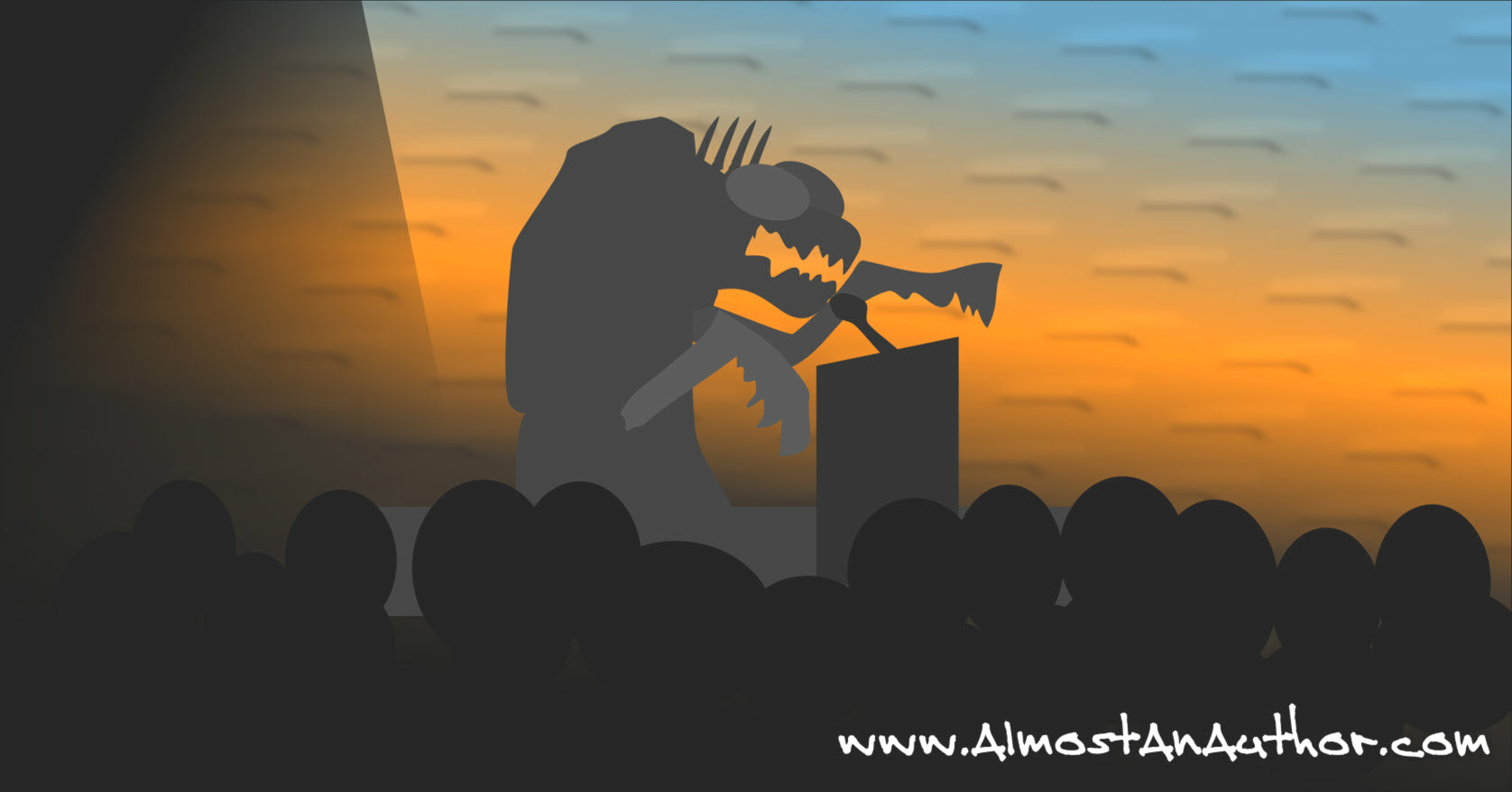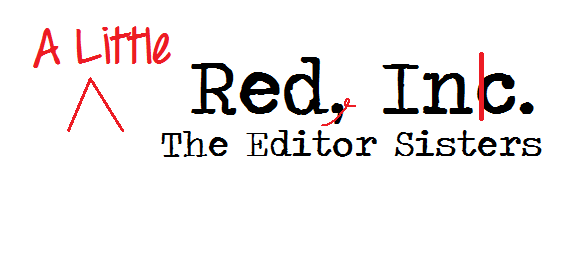
Authors as Psychotherapists – Getting into the Mind of Our Characters
What can authors learn from the world of psychotherapy? According to the Microsoft Bing definition, a psychotherapist “treats mental…
January 17, 2021
What can authors learn from the world of psychotherapy? According to the Microsoft Bing definition, a psychotherapist “treats mental…
January 17, 2021
What drives your character? What is his or her motivation for pursuing their goals, whether it’s defusing an atomic…
November 23, 2020
Over the years, I’ve studied the craft of both writing and acting, and I’ve been amazed at how the…
June 18, 2020
Most Mystery/Suspense/Thriller stories are set in the real world, but the realities of that world cover a wide spectrum…
June 17, 2019
When he reaches for the cookie his eyes aren’t on the cookie but on his mom in the other…
June 7, 2019
A protagonist without a clear goal has nothing to figure out and nowhere to go. Lisa Cron in Wired…
March 19, 2017
What is your main character’s goal? The thing that drives her through the story, no matter how many obstacles…
February 19, 2017
The murmur of countless alien tongues subsided as the chairman of the interstellar council called for order. The delegates…
October 11, 2016
If actions speak louder than words then a character’s body language is an important part of dialogue. And yet…
September 19, 2016
Do your characters sometimes refuse to cooperate in the middle of a scene? Why is that? You know your…
September 14, 2015
What is emotional continuity? When actors enter a scene, they bring with them a certain attitude and emotional state…
July 9, 2015
If you have flown then I imagine you know the feeling. You sit down in your assigned seat and…
July 4, 2015
I went to a meeting just to be nice to my friend, but I heard a phrase I have…
June 17, 2015
Everybody wants something. Why do YOU want to write, for example? Maybe you want to write a book for…
June 12, 2015